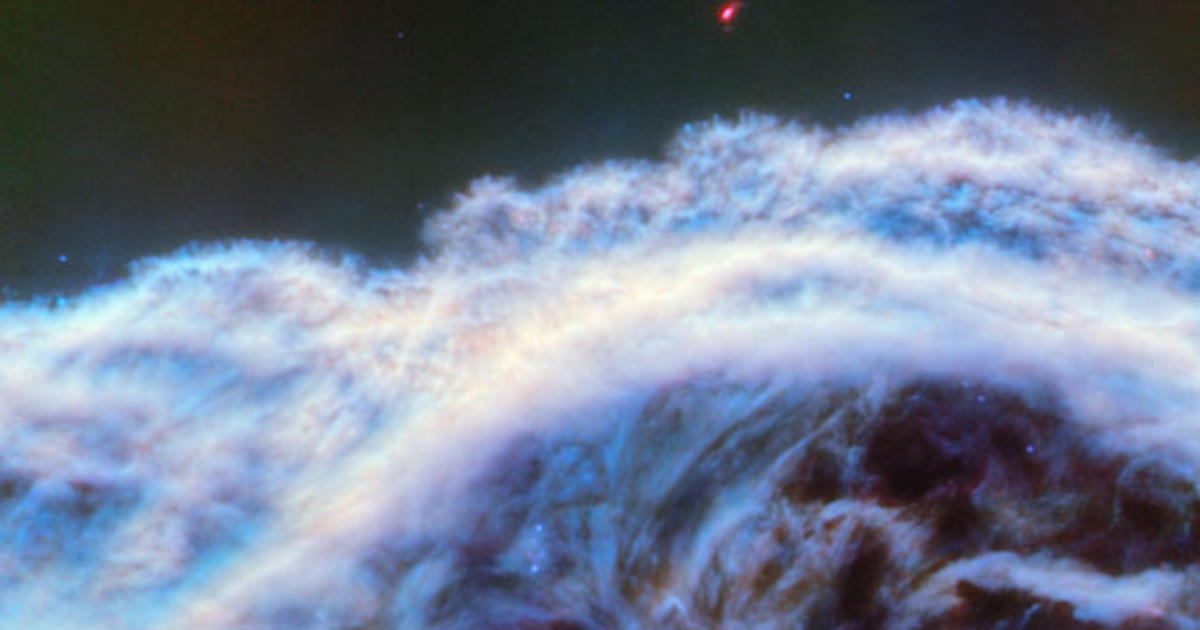When and where to see the Quadrantids, 2024's first meteor shower
Astronomy fans who want to catch a glimpse of the cosmic show only have a brief window if they're hoping to be left starstruck.
The Quadrantids meteor shower is set to peak after midnight on Thursday, according to NASA.
It's the first meteor shower of 2024 and it's considered to be one of the best annual meteor showers. Astronomy fans who want to catch a glimpse of the cosmic show only have a brief window. While most meteor showers have a two-day peak, the Quadrantids peak lasts just hours. Sixty to 200 meteors can be seen an hour under perfect conditions during the peak.
When and where can you see the Quadrantids meteor shower?
The Quadrantids, which are visible across the night sky, are best viewed in the Northern Hemisphere during the night and pre-dawn hours, according to NASA.
NASA advises viewing meteor showers in areas that are well away from city and street lights. Astronomy fans should lie flat on their backs with their feet facing south and look up. It takes about 30 minutes for your eyes to adjust to the dark so that you can see the meteors.
Be prepared with a blanket or sleeping bag to weather the chilly temperatures.
What makes the Quadrantids special?
According to NASA, the meteor shower is known for bright fireball meteors. The space agency says fireballs are larger explosions of light and color that are brighter and can persist longer than average meteor streaks.
The Quadrantids will streak through the sky at a speed of about 25 miles per second.
Most meteor showers originate from comets, but the Quadrantids come from asteroid 2003 EH1. It's a small asteroid that was discovered on March 6, 2003.
The Quadrantids radiate from Quadrans Muralis, an obsolete constellation, according to NASA. Quadrans Muralis is no longer a recognized constellation, but it was considered one for long enough to shower the annual meteor its name. The constellation is not the actual source of the meteors; the name helps viewers figure out which shower they're seeing.
What is a meteor shower?
While meteors — space rocks that enter Earth's atmosphere — streak through the sky every night, there are several meteor showers each year, according to NASA. Many meteors hit Earth's atmosphere in a short period during meteor showers. The streaks of light are caused by the glowing, hot air as meteors speed through Earth's atmosphere.
Most meteors burn up as they fall, but some survive the trip and reach Earth. Those are considered meteorites.
The Quadrantids are active until Jan. 16, 2024. The Lyrids, the year's next meteor shower won't happen until April.



